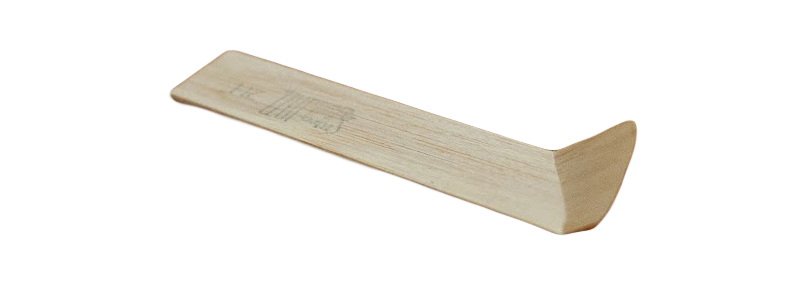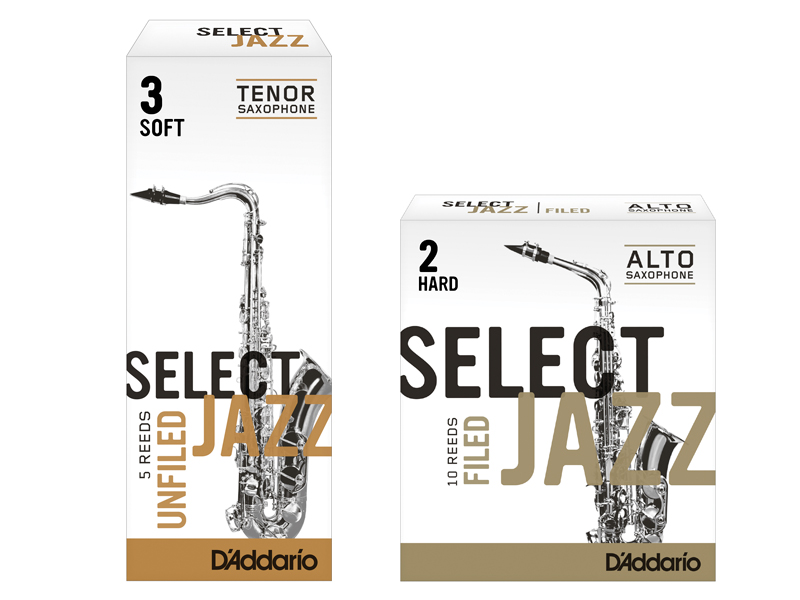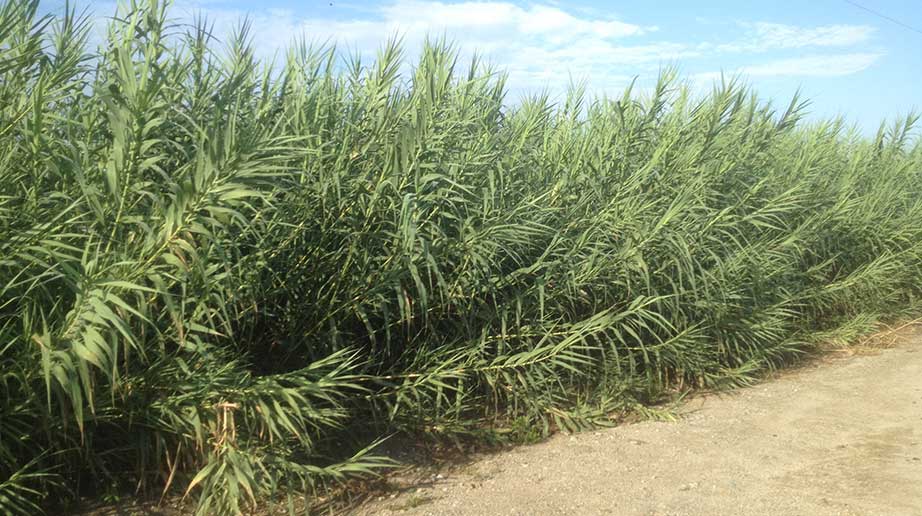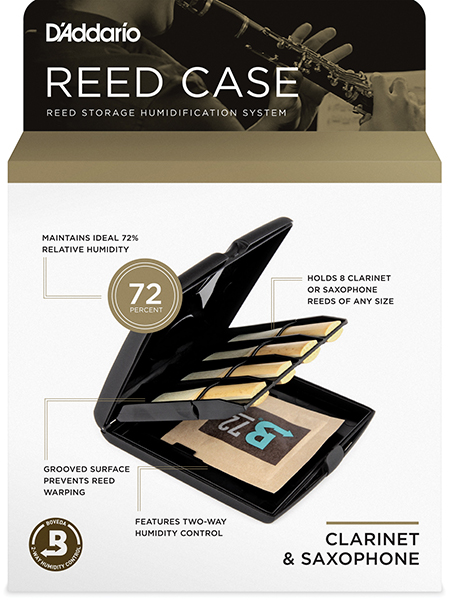Rico Jazz Select Reed Re-Branding & Reed Tips…
4th January 2016It’s amazing to think that the D’Addario company bought out Rico back in 2004 yet the confusion of branding cropped up again recently and so we wanted to take this opportunity to update all Clarinet & Sax players of the most recent reed box packaging changes on Jazz Select & Reserve reeds in particular to avoid any confusion and to discuss what a re-brand can do to us single reed players minds!…
Imagine the scene, the hard workers here at Dawkes got in one morning to see a negative feedback on our website; “Dawkes sent me the wrong make of reeds! Instead of Rico they sent me reeds by D’Addario which I don’t like as they are quite rough and don’t make the sound I am looking for.” As the sales guys put the red hot poker on the fire ready to violently prod one of the mail order team we double checked the order to see what had happened. After all, there can be the occasional picking mistake, especially in the hectic pre-Xmas period, however what we found was interesting:
The customer had ordered Rico Jazz Select Reeds for Sax and we’d sent Jazz Select reeds, HOWEVER, the stock has been dripping through from D’Addario UK (the Rico/Select Jazz/LaVoz/Hemke/Rico Royal etc owners, manufacturers and suppliers) in different boxes for a few weeks now. This new packaging doesn’t display Rico anywhere, rather it has the D’Addario brand name and the Select Jazz on the box. We hadn’t updated our picture yet on the web site as we were still getting some ‘old’ type red and black boxes through in certain size so were holding on until we had a full stock of new type boxing, otherwise you get confusion the other way!
Anyway, what’s interesting is that the player didn’t like the ‘new’ reeds which are in fact actually exactly the same reeds but in a different package. Delving into this a bit further we sought 110% confirmation from D’Addario that no changes to the reed had been made in the recent re-packaging period, this was the answer:
“We have not changed our processes for making the Select Jazz reeds in the slightest. The only thing that has changed is the packaging..To reiterate, the Select Jazz reeds have not undergone a geometric design change, or a production line change to date.” (Kristen McKeon – Pro Sax Player & D’Addario Woodwinds Co. Product Specialist)
Ok, so that’s fairly definitive and I’ve had a similar conversation and response with 2 or 3 other very high ranking staff at D’Addario in the last month or two. So confusion aside though we’ve had a couple of other players mention to us they don’t think the Jazz Select are “as good as they used to be” in the last few weeks. So what’s going on? Is it in the mind? Is it something else?
Well, there are a few things to consider…
Mind Tricks? As to the question of it being in the mind, there’s no way to really prove this other than some blind testing with old box reeds etc, and as I’m about to explain in the points below even that wouldn’t be totally conclusive. I would say anecdotally though that I’ve seen very similar player reactions in the past when other brands have changed packaging, to the point where I had one player literally pleading with me (day and night) to ring all the worldwide distributors of one particular brand to get him some ‘old box’ versions as he was close to losing his mind with the new ones…or maybe just losing his mind full stop!
Variables to consider…It’s worth remembering that there are many variables in reed production. D’Addario own multiple cane sources/crops around the world. Depending on the weather patterns and the agronomy of certain regions in the particular season they can chose to use different harvests. Add this to the fact (and I’m afraid Mother Nature is the boss on this one) that each cane pole is totally unique and you have a wide range of variables already.
But surely they can at least cut them the same each time?! Yes, of course, and in fact the D’Addario machining is second to none in terms of precision, but that’s only half the story. That takes care of the outside of the reed but what about the inside? A few years back our very own Prof.Anton Weinberg undertook some research into the internal fibres of the Arundo Donax (cane) that is used for reeds. What he found (in brief) was that the internal fibrous structure of the cane was (unsurprisingly) paramount in it’s performance, and the density and strength of this could vary massively throughout a single crop depending on how much sun the pole had seen, how long it had been left to mature, how much moisture it had taken and much more.
SO, let’s assume that although D’Addario can spend millions of dollars (and they have!) on researching the most consistent cane, buying v.expensive digital machinery that measures the cutting by laser and much more there are still variables that are out of their control.
Transit…This is an important point to consider. From their plant in California reeds can be sent all over the world, to distributors, to retailers and then onto end users. There could be weeks or months in that supply chain, the boxes (although sealed) could be coming from a low humidity high heat climate to a high humidity, cold and wet climate, then being stored somewhere dry etc. This is bound to have an affect on this natural product.

*Bad Storage and Care – Repeat after me DO NOT TRY THS AT HOME!
Breaking In & Usage…We all do this differently, from the extremes of just pulling it straight out of the box and gigging it for 3hrs to the players that soak each new reed for 24hrs in twice blessed holy water from the River ‘Brecker’. Advice from the main reed manufacturers tends to be to try and ‘break’ in the reeds slowly. i.e. Don’t soak a new reed for more than 30 seconds at any time, don’t overplay them in the first few days, perhaps rotating in practice sessions being a better idea for a few days.
Storage…Having worked at Dawkes for 15- years I’ve seen all manner of reed storage solutions. From rolling around in the Sax/Clarinet case half hanging out of the plastic cover with the tip all crunched up to what looks like Fort Knox type box systems with a delicately balanced eco-system modulator pumping in de-humidified ‘clean’ air and everything in-between. My personal advice on this is really simple; keep your reeds somewhere flat and dry, and avoid major temperature changes. My preference, because of the fact it takes 8 of any clarinet or sax reeds is the D’Addario (not Rico anymore!) Reed Case below (see a full range of options here):
Also, with new dry reeds D’Addario suggest keeping them in a zip lock back or similar. The idea being that it’s good to avoid big changes in humidity. They’ve found that even a few percentage humidity points can make reeds feel a half strength harder or softer.
In Summary…There will always be conspiracy theories but it’s worth remembering the Reed companies are not trying to trick, con or deceive you. Yes, they want you to buy their products and in the mad scramble to find a reed with the curtain coming up it’s easy to call them every name under the sun but with the technological advancements being made into synthetic materials and the like it’s important for the traditional reed suppliers to consistently supply the best possible product at all times and this is what they genuinely aim to do. Really what they’re trying to do is get you loyal to their brand rather than another brand, messing about with the reed cuts un-announced or producing poor quality products would not help them achieve this.
See the newly packaged Jazz Select Sax Reeds amongst our range here:
Soprano Sax / Alto Sax / Tenor Sax / Baritone Sax
And, the newly packaged Reserve Clarinet Reeds amongst our range here:
Reserve Clarinet / Reserve Classic Clarinet / Reserve Classic Bass Clarinet
Posted By: Sam (Woodwind Dept)


